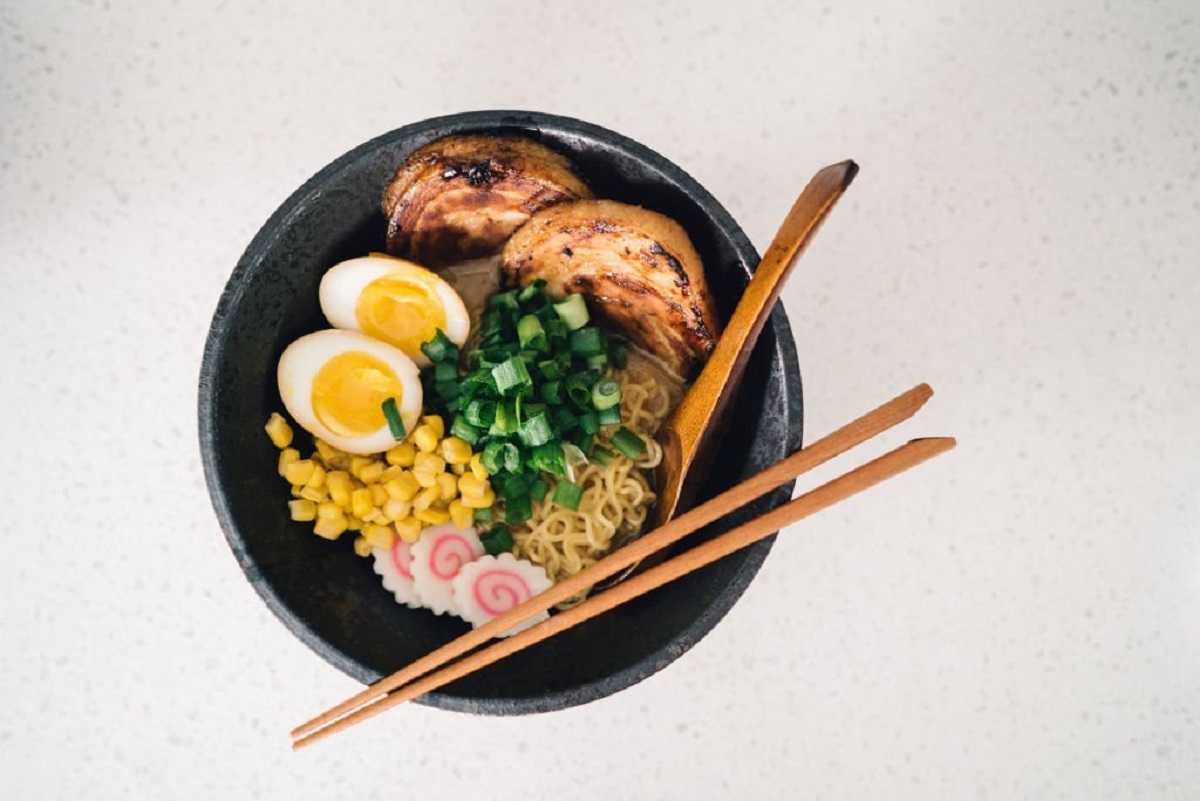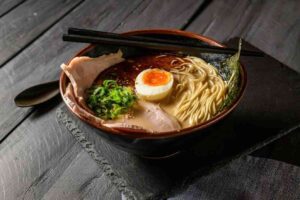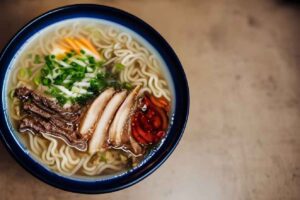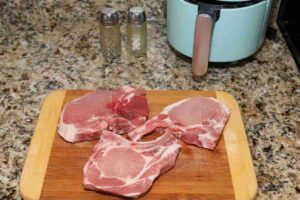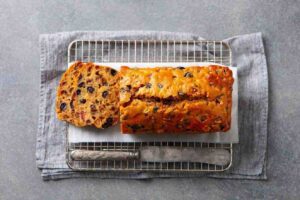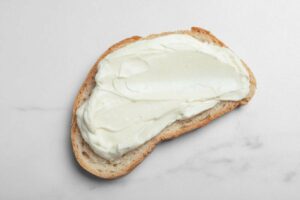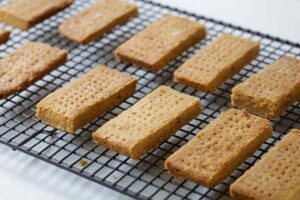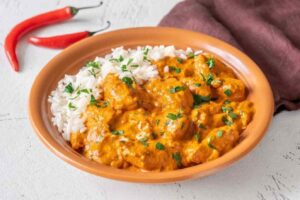Prepare to go on a delicious gastronomic adventure with ramen bowls! Ramen bowls, a popular Japanese dish that has spread throughout the world, are praised by food lovers for their cozy and savory appeal.
Each bowl of ramen contains a flavorful and aromatic broth at its center. The broth, which is the foundation of this dish, is made using a precisely balanced mixture of meats, vegetables, and spices. Every palate can experience a flavor adventure thanks to the variety of broths, which range from creamy and salty tomcats to light and flavorful soya.
The noodles, which are silky, bouncy, and oh-so-satisfying, add to the appeal. Ramen noodles give a lovely texture experience that accentuates the flavors of the broth and come in a variety of noodle kinds, from thin and delicate to thick and chewy.
But the toppings are where ramen really shines. Imagine tender cha shu slices, marinated bamboo shoots, flawlessly soft-boiled eggs, and delicate nori sheets. Each garnish adds a special touch to the meal and a symphony of tastes to each spoonful.
Ramen bowls are amazing for their adaptability. Ramen’s versatility fits any circumstance and accommodates a variety of culinary preferences, whether dining at a cozy ramen café or preparing a quick and hearty lunch at home.

Ramen Bowls: A Historical Snapshot
The popular Japanese meal known as ramen bowls offers a fascinating look back through time. Despite the fact that their precise origins are unclear, ramen’s history is a patchwork of cultural influences and culinary development.
The earliest varieties of ramen are thought to have traveled from China to Japan in the late 19th and early 20th centuries. We now know ramen as having its roots in a wheat noodle soup called “lamina,” which was brought by Chinese immigrants.
Ramen changed and evolved over time to accommodate Japanese ingredients and tastes. The popularity of the dish increased, especially during and after World War II when it became a filling and inexpensive supper for the general public.
Japan saw a ramen boom after the war, with innumerable ramen cafes opening up all throughout the nation. Various broths, noodles, and toppings were tried out by chefs and vendors, leading to a wide range of regional ramen varieties.
Instant ramen changed the food industry in the 1950s and 1960s. As a result of Momofuku Ando’s introduction of instant ramen in 1958, ramen is now available to consumers all over the world.
Over the ensuing decades, ramen gained appeal outside of Japan and entered the homes and kitchens of people all over the world. Ramen is now a popular meal served in ramen shops and restaurants all over the world in a variety of inventive ways.

Pressure King Pro Recipes
Equipment
- 1 Pressure King Pro Cooker he star of the show, the Pressure King Pro cooker is the primary equipment required to make these recipes. It is a multifunctional electric pressure cooker that helps cook meals quickly and efficiently.
- 1 Cutting board A sturdy cutting board provides a stable surface for chopping and preparing ingredients.
- 1 Knife Set A set of sharp knives, including a chef's knife and a paring knife, is essential for slicing, dicing, and chopping ingredients.
- 1 Knife Set Accurate measurements are crucial in cooking, so having a set of measuring cups and spoons is helpful for portioning out ingredients.
- 1 Mixing Bowls Various sizes of mixing bowls are useful for combining ingredients, marinating, and preparing sauces or dressings.
- 1 Whisk A whisk comes in handy for whisking eggs, mixing sauces, or incorporating ingredients smoothly.
Ingredients
- 1 Meat
- 1 Vegetables
- 1 Grains
- 1 Legumes
- 1 Herbs and spices
- 1 Tomatoes
- 1 Cooking oil:
- 1 Seasonings
- 1 Liquid
Instructions
- Read the instruction manual: Familiarize yourself with the user manual that came with your Pressure King Pro. This will provide specific guidance on operating the appliance and any safety precautions.
- Prepare the ingredients: Gather all the necessary ingredients for your recipe and prepare them accordingly. This may include chopping vegetables, seasoning meat, or measuring out liquids.
Video
Notes
5 Delicious Ramen Bowl Recipes to Try at Home
1. Classic Shoyu Ramen
We begin our journey into the world of ramen with the traditional Shoyu Ramen. This dish is a classic thanks to its clear soy-based broth, succulent slices of cha shu pork, and the ideal harmony of umami flavors. You may complete this masterpiece by adding nori, onions, and a soft-boiled egg to take you right to the busy streets of Tokyo.
2. Spicy Miso Ramen with Tofu
Our Spicy Miso Ramen with Tofu is a must-try if you’re in the mood for a little heat. The mild nutty flavor of the tofu blends well with the creamy miso soup that has been flavored with chile oil. A delicious fusion of spice and richness that will warm you up and fill you up on a chilly evening.
3. Vegetarian Mushroom Ramen
Our Vegetarian Mushroom Ramen is proof that vegetarian choices can have just as much taste. This dish appeals to both vegetarians and carnivores due to the mushroom broth’s rich, umami flavor as well as the mix of fresh veggies and silky noodles.
4. Tonkotsu Ramen
Tonkotsu ramen, which hails from the Hakata region of Japan, is well known for its rich broth made with pig and its soft chashu pork slices. This rich and strong meal, which was simmered for hours to extract all the flavors, is a genuine comfort food for ramen fans.
5. Tsukemen (Dipping Ramen)
Tsukemen, also known as dipping ramen, is the way to go if you’re seeking a distinctive ramen experience. The concentrated broth and the noodles are provided separately so you can dip and taste the flavors as you choose. This interactive ramen meal will impress your visitors with its range of dipping possibilities, from spicy to mild.

Popular Ramen Bowl Restaurants Around the World
The popular Japanese noodle dish ramen has gained enormous global popularity, and ramen-only eateries are springing up in cities all over the world. We’ll take you on a delicious tour of some of the most well-liked ramen bowl eateries throughout the world in this post, so you can enjoy the traditional tastes and inventive variations of this famous dish.
1. Ippudo – Tokyo, Japan
We begin our tour in Tokyo, the city that gave rise to ramen, where Ippudo has become renowned among fans of the dish. Ippudo’s hallmark dish, the “Shiromaru Classic,” includes succulent cha shu pork, thin, chewy noodles, a perfectly seasoned soft-boiled egg, and a rich, tonkatsu (pork bone) broth.
2. Tsuta – Singapore and Tokyo
Tsuta’s Ramen is a masterpiece of cuisine and the first ramen restaurant to receive a Michelin star. Every bowl exhibits the founder and chef Yuki Onishi’s unwavering commitment to mastering his trade. The “Shoyu Soba,” the restaurant’s signature dish, combines soft pieces of roast pork with a delicate shoyu (soy sauce) broth and a lavish drizzle of truffle oil.
3. Ramen Shop – Oakland, California, USA
As we make our way over the Pacific to the US, we arrive in Oakland, California’s Ramen Shop. This eatery is a shining illustration of how the ramen culture has taken over in Western nations.

